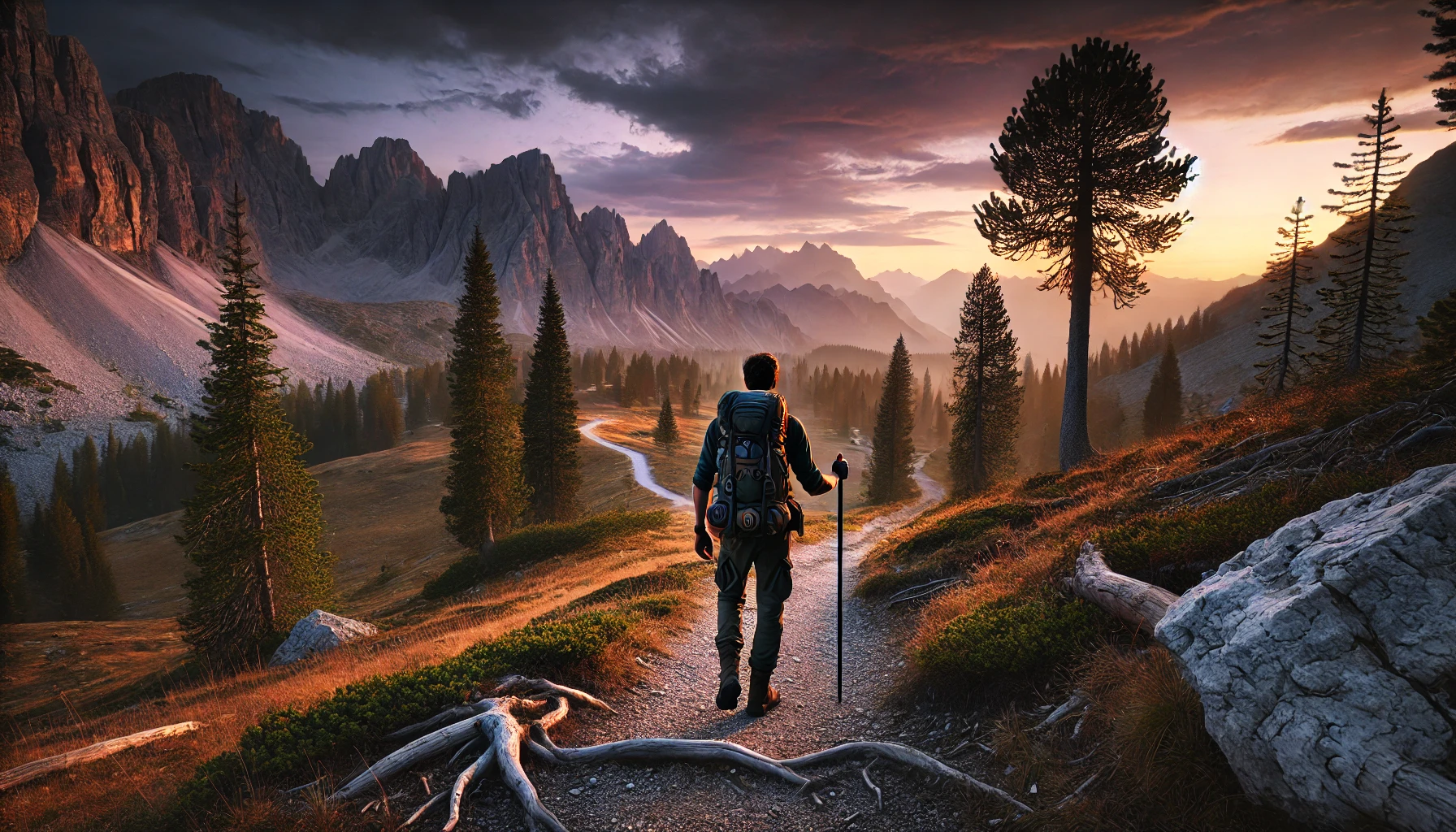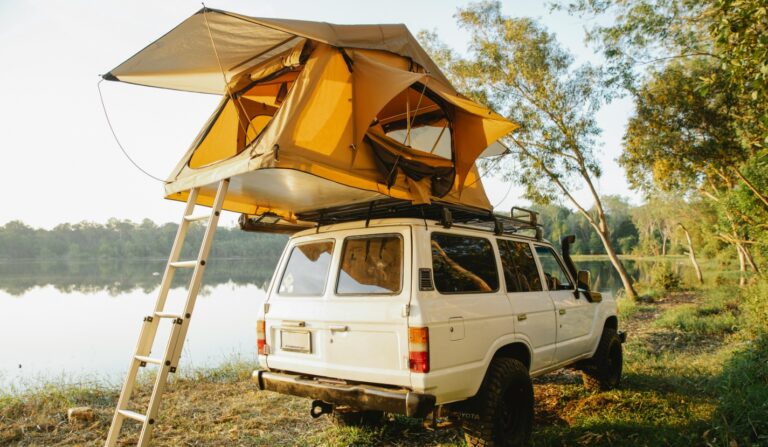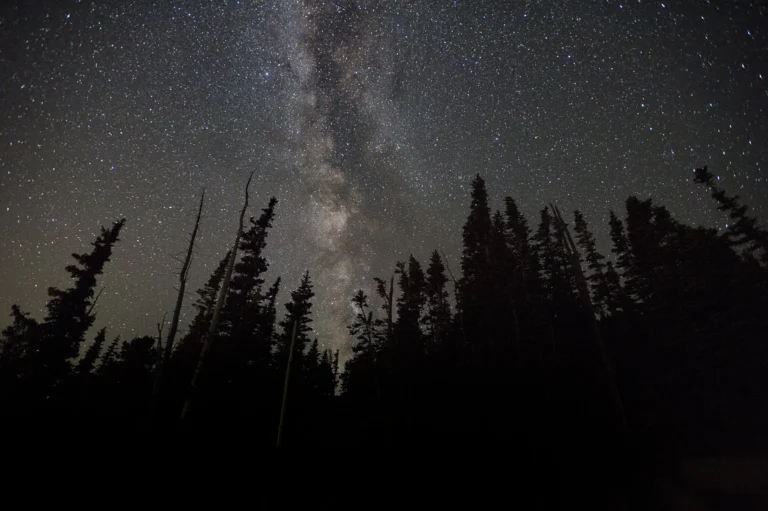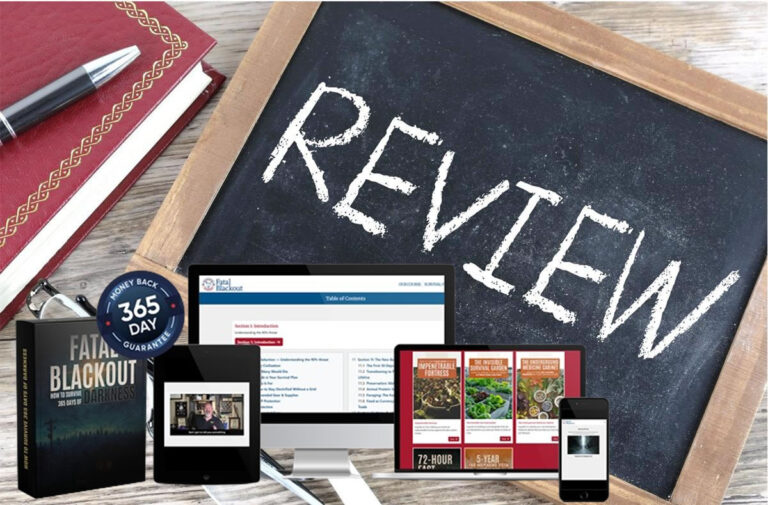
There’s something raw and humbling about being alone in the wilderness. Just you, the wind through the pines, and the crunch of earth beneath your boots. But even the most seasoned hiker knows that nature demands respect—not just for its beauty, but for its unpredictability. Whether you’re trekking a familiar forest path or exploring rugged alpine terrain, safety is never optional. It’s a responsibility. One that starts with preparation and ends with awareness.
Let’s dig into some practical, real-world tools to keep you safe on the trail—without compromising your love for the wild.
Know the Terrain, Respect the Law
Before you even lace up your boots, research the trail. Topography, weather forecasts, wildlife activity—all crucial intel. And if you carry any self-defense tools, especially firearms, double-check local laws. Many state parks and national lands have strict prohibitions. It’s not just about legality—it’s about stewardship. As hikers, we have a duty to respect both the land and the rules that protect it.
The Underrated Power of a Hiking Stick
Most hikers carry a trekking pole or walking stick to ease joint stress and improve balance. But a well-made hiking staff can double as a defense tool. I personally carry a weighted model—something sturdy enough to fend off aggressive wildlife or act as a blunt-force deterrent in rare human encounters.
One standout is the Tactistaff. It looks like a traditional hiking stick metal, and has added heft and grip—practical during hikes, formidable when needed.
Pepper Spray or Bear Spray?
This isn’t just about bears—though let’s be real, they’re out there. A good canister of bear spray can ward off large animals and is legal in many jurisdictions where firearms aren’t. It’s non-lethal, lightweight, and easy to deploy.
Interestingly, studies out of Alaska have shown that bear spray is often more effective than firearms in deterring bear attacks. It creates a wide, fog-like blast that stops most charges cold—no aim required, which is important when adrenaline is flooding your veins.
I keep mine holstered on my hip, easy to reach with either hand. Practice drawing it. Seconds matter.
A Knife is More Than a Tool
Ask any backpacker and they’ll tell you—a good knife is like a trusted friend. Not just for slicing cordage or prepping food. A fixed blade or locking folder can serve as a backup self-defense tool in a worst-case scenario.
It doesn’t need to be flashy. Just sharp, dependable, and accessible. I’ve carried the same weathered knife for years. It’s seen fish, kindling, and yes—a few tense moments with curious coyotes.
Vision in the Dark: Night Optics
If you find yourself hiking after sundown—or caught out longer than planned—night vision optics can be a game-changer. They’re not just for thrill-seekers or special ops. Modern monoculars are compact, affordable, and wildly effective for spotting wildlife or reading trail markers in the dark.
I’ve used them during moonless nights in the high desert. They revealed more than just the path ahead—they let me appreciate the after-dark wilderness without blinding it with a flashlight.
Tune Into Your Instincts (and Your Gut)
Gear is only half the story. Your best asset on the trail is awareness. Trust your gut. If something feels off—a rustle in the brush, an unfamiliar footprint—pause. Assess. Sometimes the smartest move is to turn back.
I once rerouted an entire loop trail because I saw fresh cougar prints. Was I disappointed? A little. Was I glad I did it? Absolutely. I slept better that night under the stars.
Trail Wisdom to Carry Forward
Hiking is freedom. It’s clarity, simplicity, and connection. But it’s also responsibility—to yourself, to fellow hikers, and to the land.
So carry what you need. Know how to use it. Stay alert. And above all, keep the wilderness wild—for yourself and those yet to walk where you’ve walked.
Stay safe out there. The trail is waiting.



